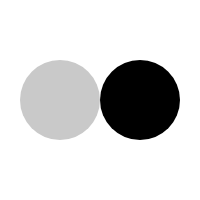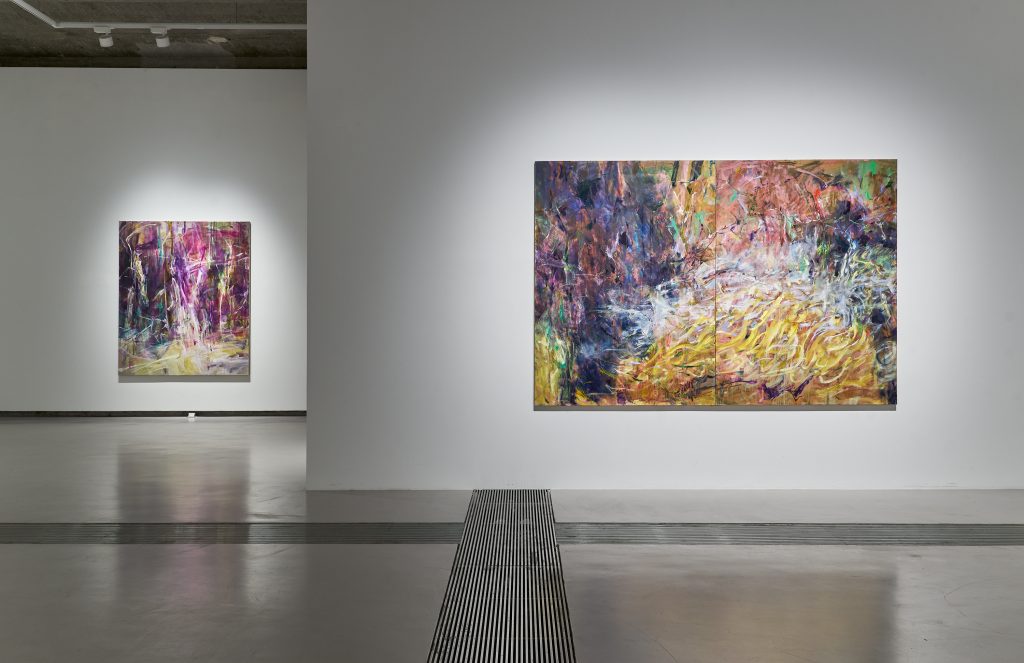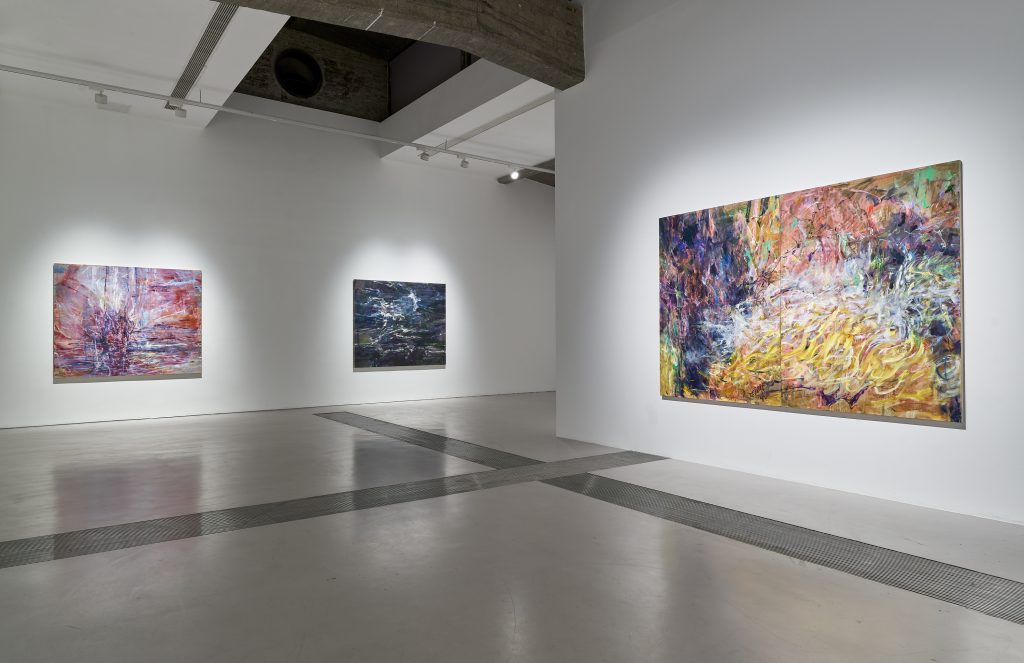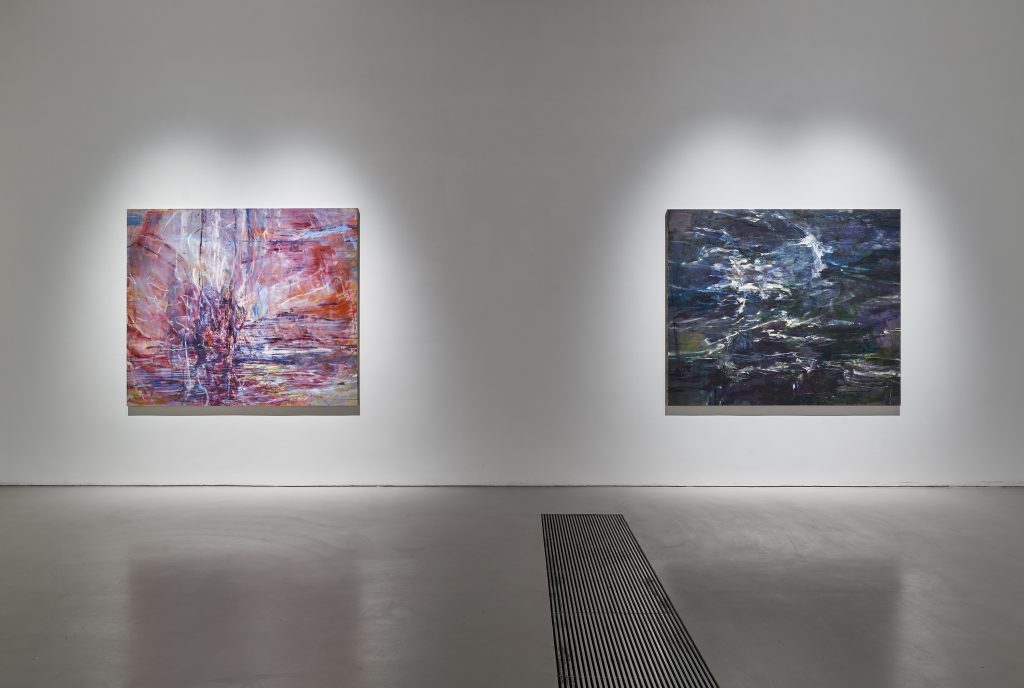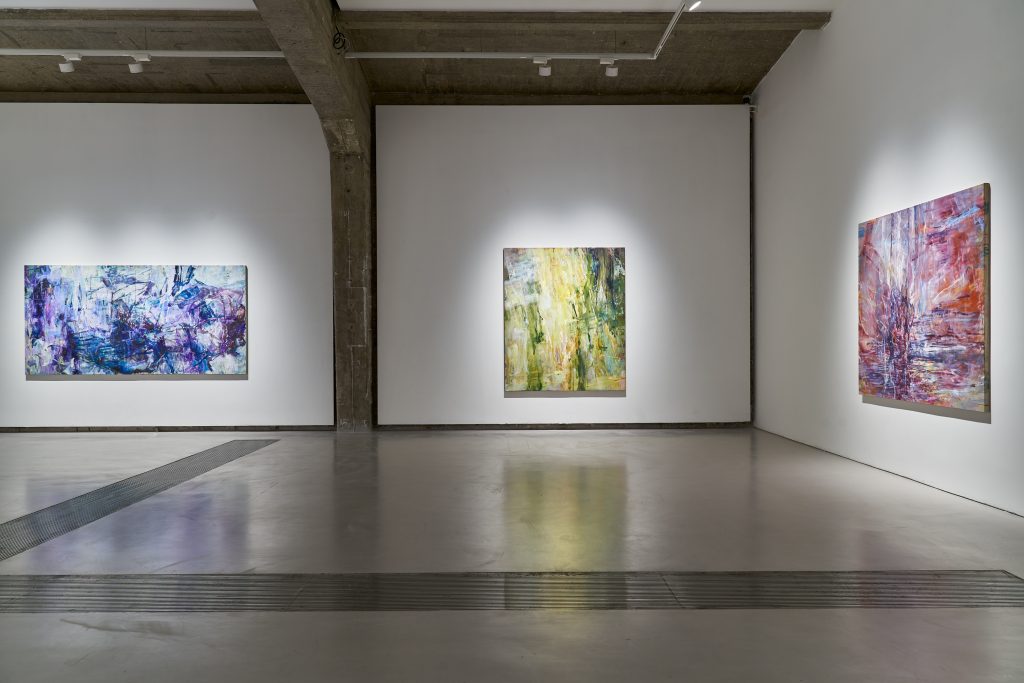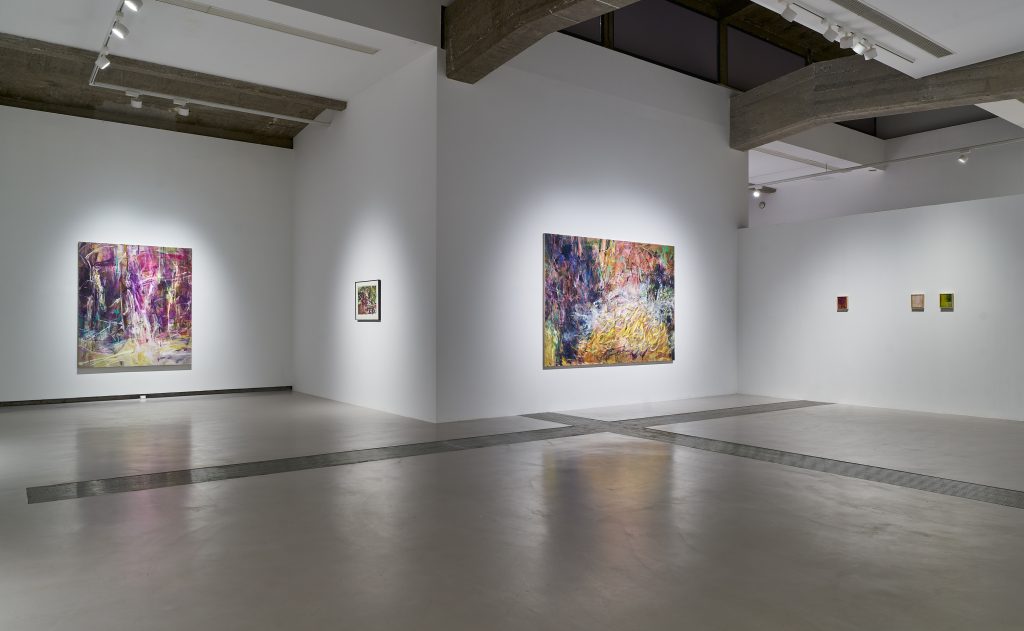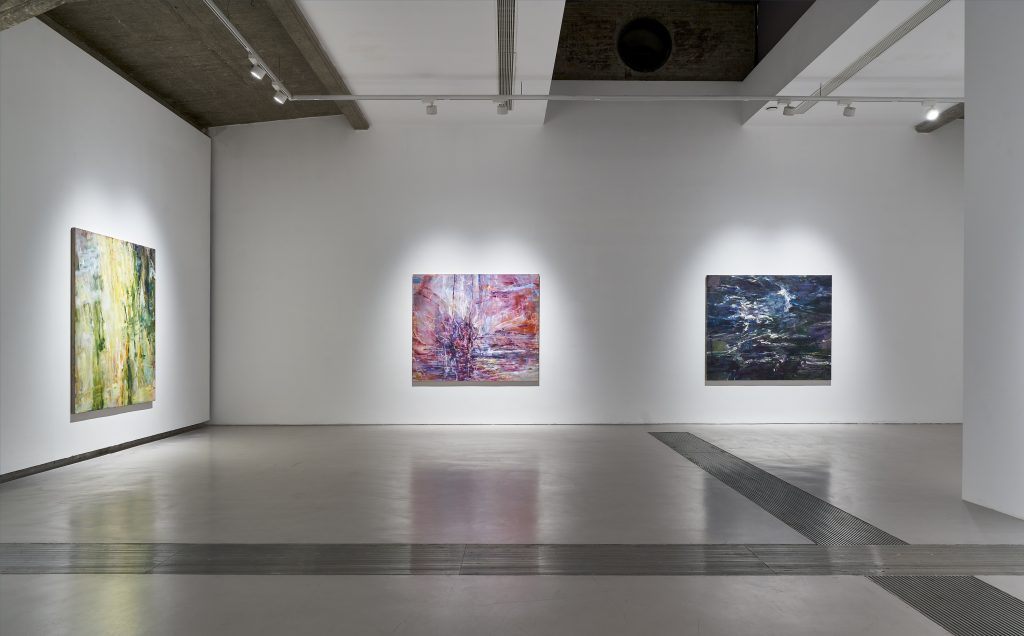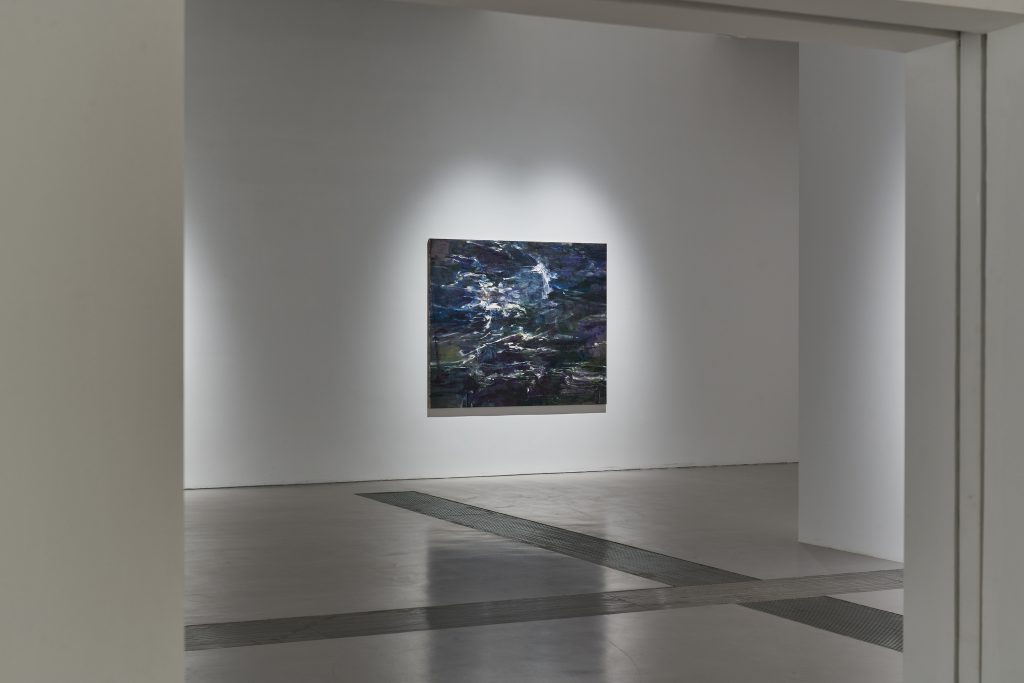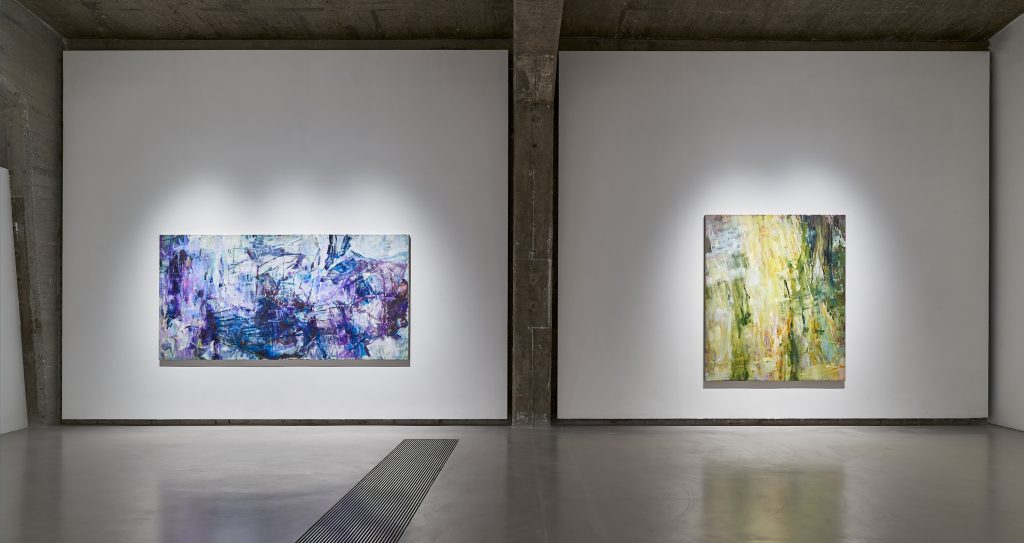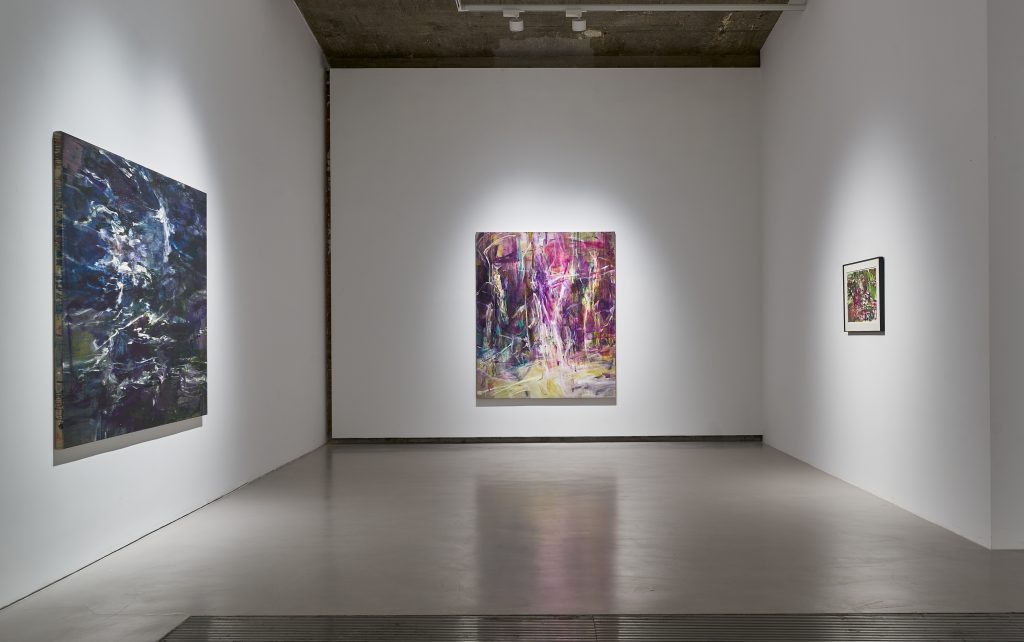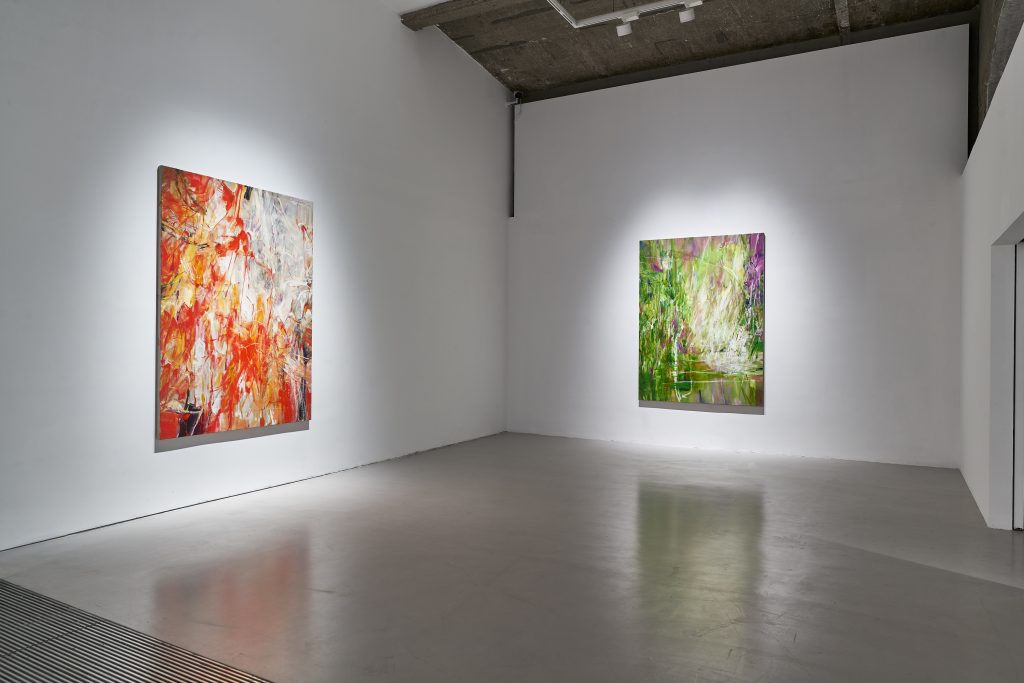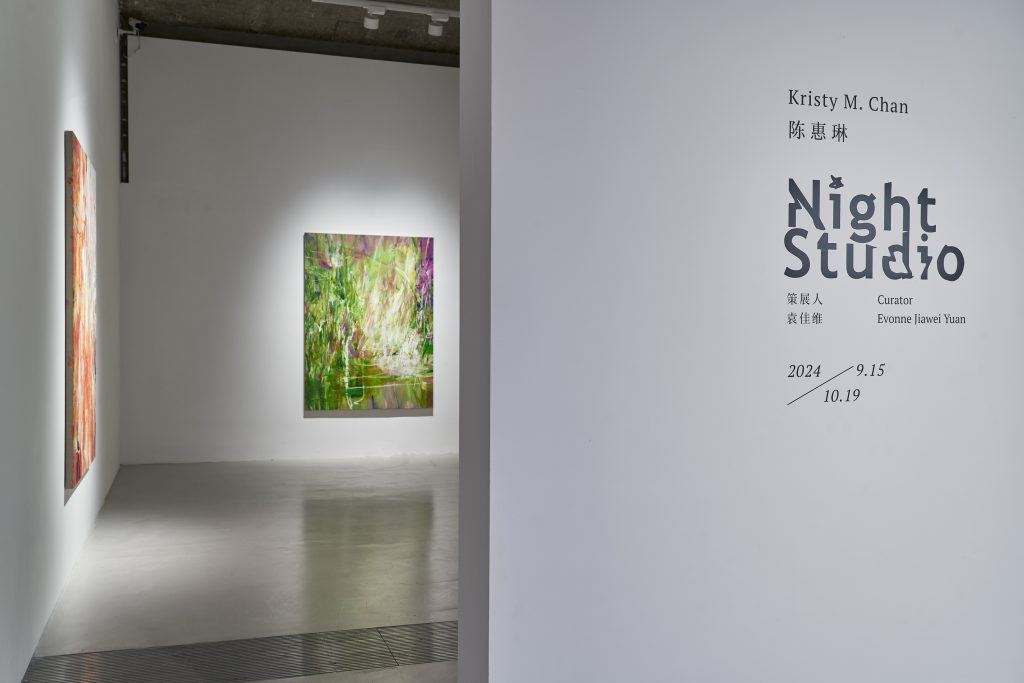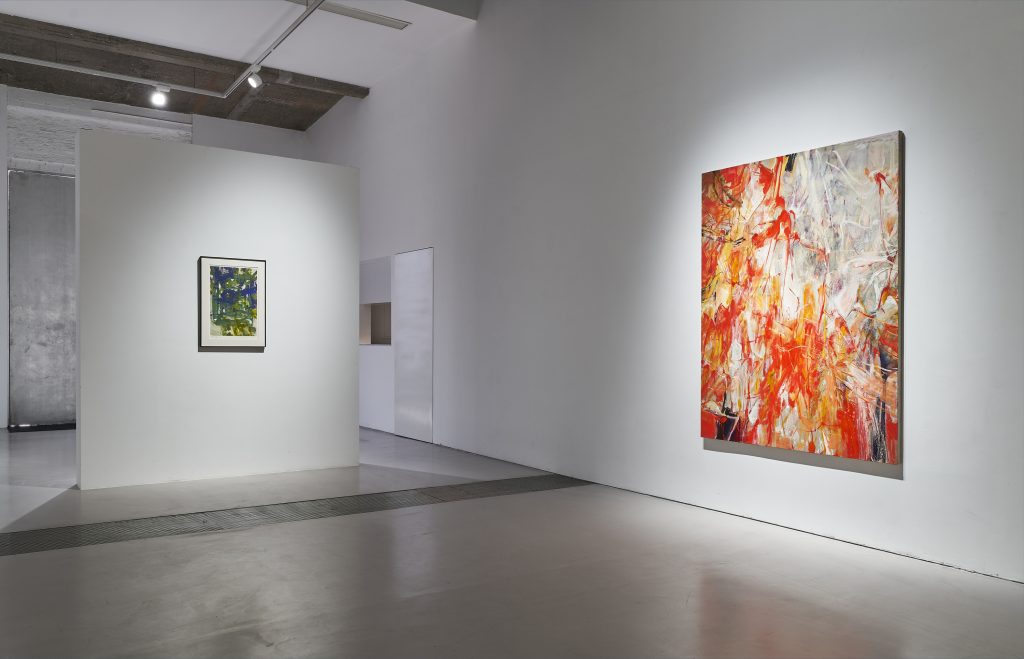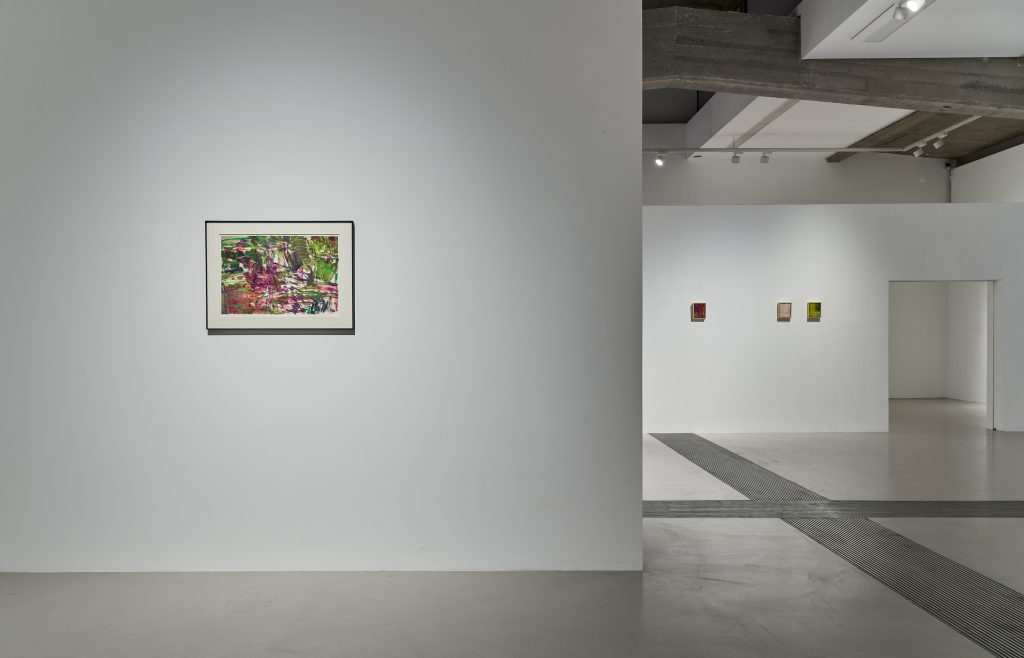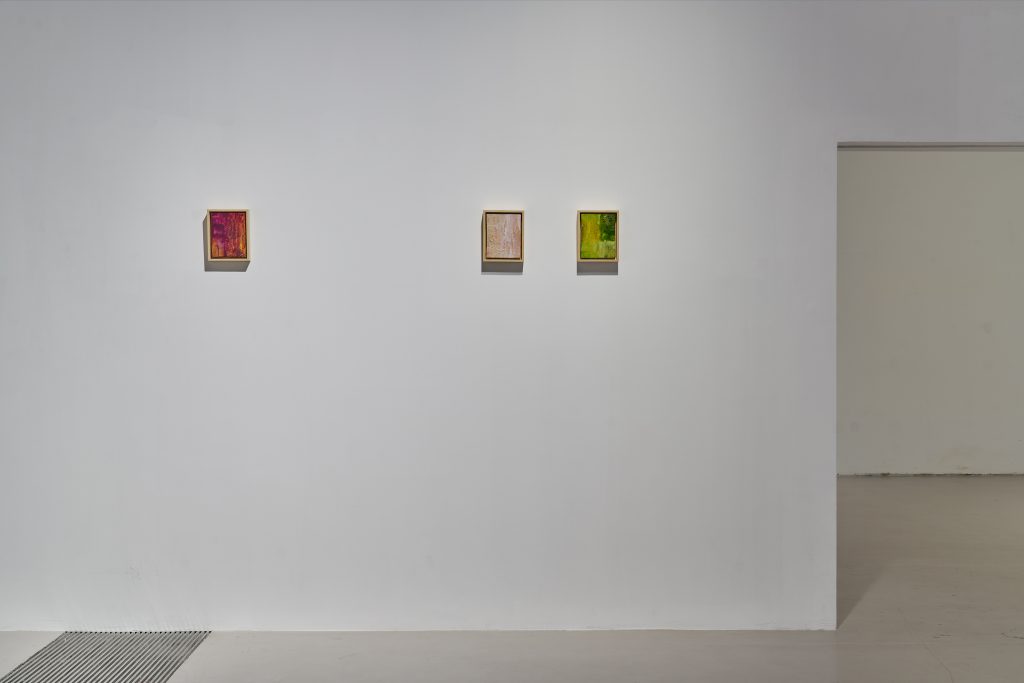TextualExhibition Text
Tabula Rasa Gallery | Kristy Chan: Night Studio
Kristy M Chan (b.1997) creates bold, gestural paintings that translate the wild energy fuelled by emotion to canvas. Through thick, vigorous brushstrokes and intersecting curves, her use of light and shadow reflects not only her evolving ideas on the painting process but also the connections she draws between expressionist abstraction and the global diaspora experience. Her densely layered, textured works often emerge from her exploration of the complexities of “homeland” while navigating diverse cultural landscapes. With a keen eye for her surroundings and everyday details, Chan intricately weaves narratives of displacement into her compositions, infused with a sense of deliberate absurdity and sharp irony.
Born and raised in Hong Kong, Chan moved to London at the age of 16 to pursue formal training in painting and art history. Upon graduating and choosing to pursue a career as an artist, she found herself uninterested in conventional formalist methodologies or the routine of studio-based practice. Instead, she embraced an itinerant lifestyle, traveling and participating in artist residencies, preferring the freedom that comes from creating beyond the confines of professional or geographical boundaries. Her ability to navigate and adapt to fluidity informs her practice, and her omnivorous reading and fragmented experiences of life in various locations feed into her work. This sense of rebellion against conventional approaches is why her abstract paintings exude a spirit of defiance, embodying the vertiginous feeling that comes with confronting a constantly shifting reality.
Chan’s painting action is not to provoke controversy but to indicate how everything becomes one and the same through movement. The imperative for her to draw and paint stems from her interests in the realm of the senses. For instance, early in her childhood, she walked back and forth between Chinese painting classes and flower-arranging workshops, then became obsessed with the unique scent of ink mixed with plants, which still excites her today. Hence, the reason many of her paintings speak of a certain communion with nature is that she actually paints in nature sometimes to recall the desire in memory. She pays homage to the illusory quality of synaesthesia, in a way putting the viewer where she stands in rapt contemplation.
For Chan, painting is not about provoking controversy but about showing how movement and change unify disparate elements. Her impulse to create is rooted in sensory experiences—an interest that dates back to childhood, when she moved between Chinese painting classes and flower arrangement workshops, becoming enchanted by the scent of ink mingling with plants. This fascination still excites her today, and it is why many of her works evoke a sense of communion with nature. Sometimes painting outdoors, she taps into these memories to reignite a deep-seated desire. Chan reveres the illusory quality of synesthesia and aims to evoke a similar state of contemplation in her viewers.
Earlier this year, during an artist residency at Dragon Hill in the Castellaras region of the French Riviera, Chan sought to capture the poetic and metaphorical characteristics of her improvisational and instinctive practice. Working in a cave-like, sculptural dwelling with curving walls, she chose to paint not in daylight but at night, engaging in a ritualistic process that deepened her connection to the local environment. Revisiting the Dionysian vision of human existence, particularly through acts of revelry, she explored the tension between mind and hand as she approached the canvas. This marked a break from her earlier style of creating negative space through mark-making.
As a result, Chan’s new works from this year, charged with spontaneity, feel more emotionally resonant and immersive. Titles drawn from songs and books hint at personal, intimate themes. Many of these works will be featured in her first solo exhibition in China, “Night Studio,” at Tabula Rasa Beijing. In several large-scale pieces, she embraces herself to a vibrant palette, often using bright purples and greenish yellows to evoke the taste of ripe fruits and wines in Southern France, which gives an overall sense of irrational exuberance, as if joy and pleasure are triumphing over destruction and chaos. However,the white-washed slashes feature an uncanny feeling that stirs a sense of unease in the viewer.
In contrast, Aqua Regia (2024) focuses on a more stable composition. A vibrant yellow triangle occupies the lower right portion of the canvas, yet remains close to the center. On one level, it reflects the title, resembling a piece of gold dissolving in acid; on another, it suggests a landscape, like a forest path leading towards home, yet endlessly extending. While indulgence and disorientation are typically associated with nature’s beauty, this work evokes a repressive sense of overflow that threatens to overwhelm. Dark purple whorls and green strokes emerge from a murky background, adding to the tension.
Another noteworthy piece, A Flame’s Shadow (2024), features an ethereal palette formed by excess entropy. Burnished reds spread unevenly, while elsewhere, subtle shading nearly dissolves into white, underlaid with black. Here, Chan questions the viewer’s habitual forms and binary expectations, and their relationship to abstract painting. Even in her smaller works, the dynamic energy of disorder remains a powerful force, uprooting and repositioning existing notions of identity.
Date: 2024.9.18
